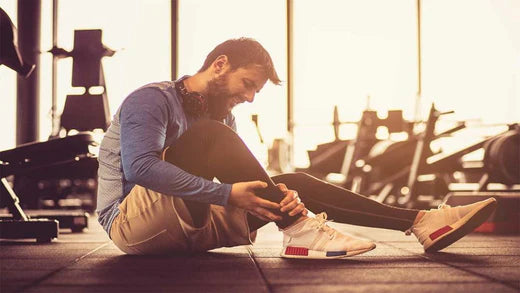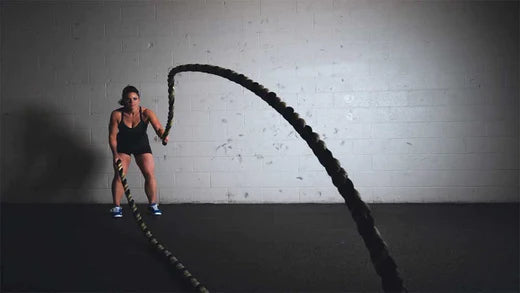10 Most Common CrossFit Injuries and How To Prevent Them

Your cart is empty
Continue shoppingWe use cookies and similar technologies to provide the best online shopping experience. Privacy Policy

Call or Text
To place a new order or for assistance with an existing order call or text us at 1 (855) 534-4919
Mon-Fri: 8am-5pm EST
Sat-Sun: Closed
Live Chat
Have questions or need help? Chat with us using the icon in the bottom left.
Mon-Fri: 8am-5pm EST
Sat-Sun: Closed
You can also email us for customer service or product support at support@ironbullstrength.com.
Most emails are answered within 1 business day, but can take up to 3 business days.
1
Special Offer Just for You!
You’ve added a product to your cart - now unlock an exclusive deal! Grab this offer before you check out
Do not show this again
Powered by Salepify App

